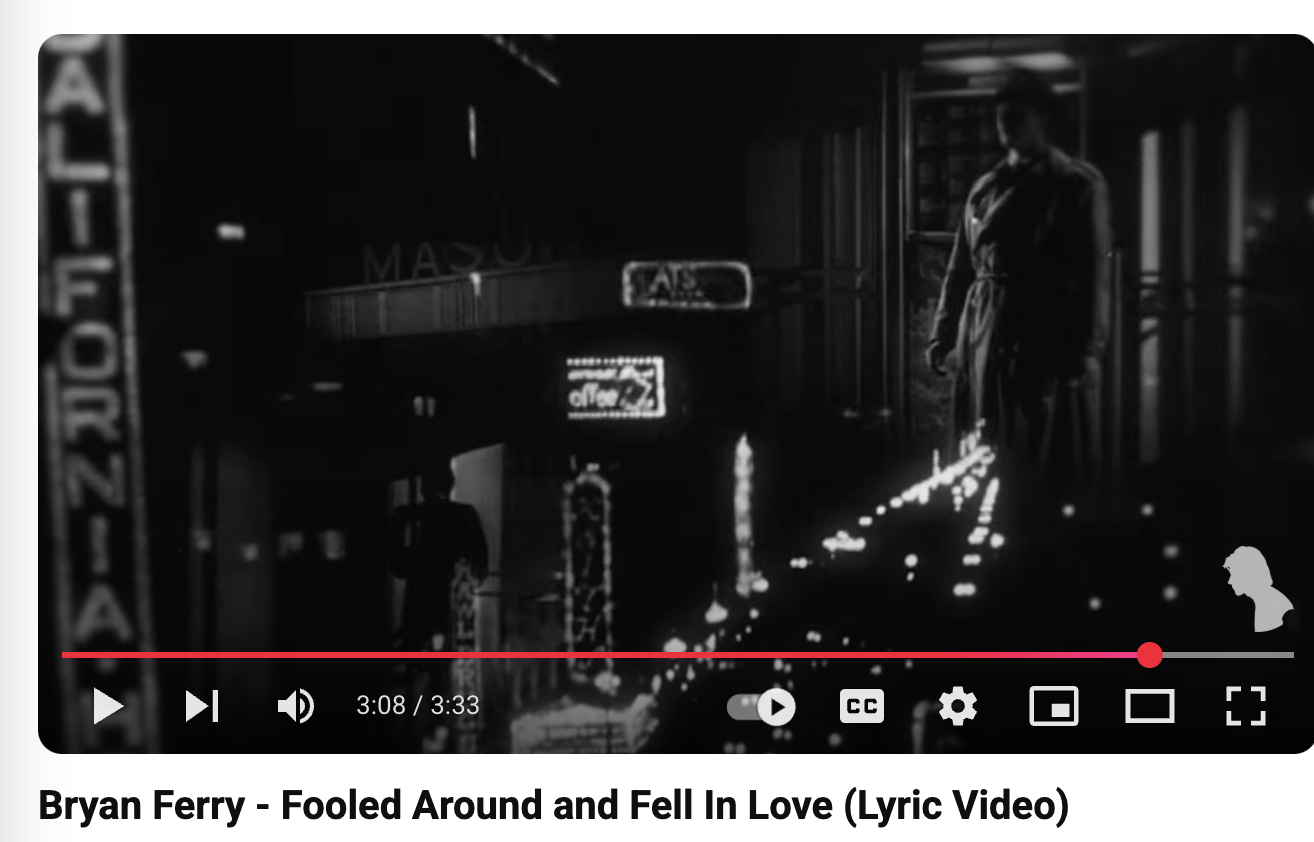
Two Discussion Questions (DQs) and Three Big Words (or the three shots if we're watching a film) are due every Sunday, Tuesday, and Thursday by 5:00 p.m. unless otherwise noted. Please be aware that the closing time on canvas is 5:00 p.m. Canvas will not allow you to submit work after the closing time. So do manage your time well.
You will be counted absent if you do not turn in the DQs on time Sundays, Tuesdays, and Thursdays. No late work is accepted. I allow two unexcused absences. Three or four absences will impact your final grade at my discretion. More than four absences means you will fail the course. See the Attendance policies for this course.
Found Photos: Or news footage Nightcrawler
https://www.youtube.com/watch?v=3sIMtUPvsL0&t=1s
https://richardburtphd.com/schedfindingfootagebryanferry.html
70mm: From Oklahoma to Oppenheimer (Or, How Very Big Film Was Used to Make Very Big Movies)
Cinematography Citizen Kane Anatomy Of A Classic
Aspect Ratio & Director's Intent
Aspect ratios explained | How do aspect ratios work?
Where Do You Put the Camera? When and where do you put it.
The Art of Cinematic Composition
Hangman also Die and suppressed translation of the German.
Recycled footage in John Dillinger from Frita Lang's film You Only Live ONce? Bank robbery with robbers wearing gas masks then car in mud being fragged out by a crane
The fake film: rushes for Fritz Lang's Odyssey in Jean-Luc Godard's
Nouvelle bande-annonce pour LE MÉPRIS de Jean-Luc Godard, en version restaurée 4K
Le Mépris (1963) Bande Annonce VF
Color Grading Comparison of blu-ray and 4K
Contempt (1963): 4K Ultra HD vs Blu-ray (2009) Comparison
DVDbeaver Contempt comparisons
Aspect ratio in "Maria" in Robert Wise's 1961 West Side Story and in Spielberg's 2021 remake. Long takes, stationary camera as in "Somewhere"), modest, abstraction and minimalism as mise-en-scene (see the end of "Maria") versus showy hyperrealism, lots of angles, and cutting to the music matched to dance moves.
ParaCinema (extracts) and Paratexts
YOUR FIRST ASSIGNMENT is due JANUARY 12 by 5:00 p.m. Post your DQs and three shots BOTH on this Google doc
https://docs.google.com/document/d/1w8kLtA2YPfD7y8_bANphtgFAeHBNxe_skC7c9IAl0cw/edit
AND on CANVAS https://elearning.ufl.edu/
UF gives you free access to many films. Go to https://uflib.ufl.edu/find/videos/
Then scroll all the way down for Swank Digital Campus
Requirements: Class participation; co-lead class discussion twice; one film clip exercise; two 500-700 word papers; and two discussion questions and three shot analyses for each class
Please be aware that the closing time on canvas is 5:00 p.m. Canvas will not be able to submit work after the closing time. So do manage your time well.
You will be counted absent if you do not turn in the DQs on time Sundays and Tuesdays. No late work is accepted. I allow two unexcused absences. Three or four absences will impact your final grade at my discretion. More than four absences means you will fail the course. See the Attendance policies for this course.
TENTATIVE SCHEDULE (Please expect adjustments to be made in the schedule from time to time.)
Found footage is film-within-a-film, usually older film, like home videos in Sinister that can be digitized. The Blair With Project began the horror genre. Sometimes it's a video, as in The Ring (1998). Or it can mean stock footage.
https://richardburtphd.com/schedfindingfootagebryanferry.html
https://www.youtube.com/watch?v=3sIMtUPvsL0&t=1s
Re-Finding Footage
In his 1931 survey of the young art form, Cinema, the Observer's film critic C.A. 'Chestnuts' Lejeune says: "Dreyer's Jeanne d'Arc remains the type of great still photography on the screen."
Trailer music cliches Vivaldi
2018 Lady J Official Trailer 1 HD Netflix Klokline
VERMIGLIO - Official Trailer
Portrait of a Lady on Fire - The Vivaldi Scenes
Music from Bridgerton (2020) distributed by Netflix. Bridgerton (Soundtrack) by Various Artists.
Medium Cool (dir. Haskel Weskler, 1969)
"With its mix of fictional storytelling and documentary technique, this depiction of the working world and romantic life of a television cameraman (Robert Forster) is a visceral cinematic snapshot of the era, climaxing with an extended sequence shot right in the middle of the riots surrounding the Democratic National Convention in Chicago. "


Cronin-Medium-Cool-Sight-and-Sound-2001 "I attempt to make [my films] look as 'found' as possible."
King Kong (15th Anniversary) | Jack Black Pitches Shooting on Skull Island 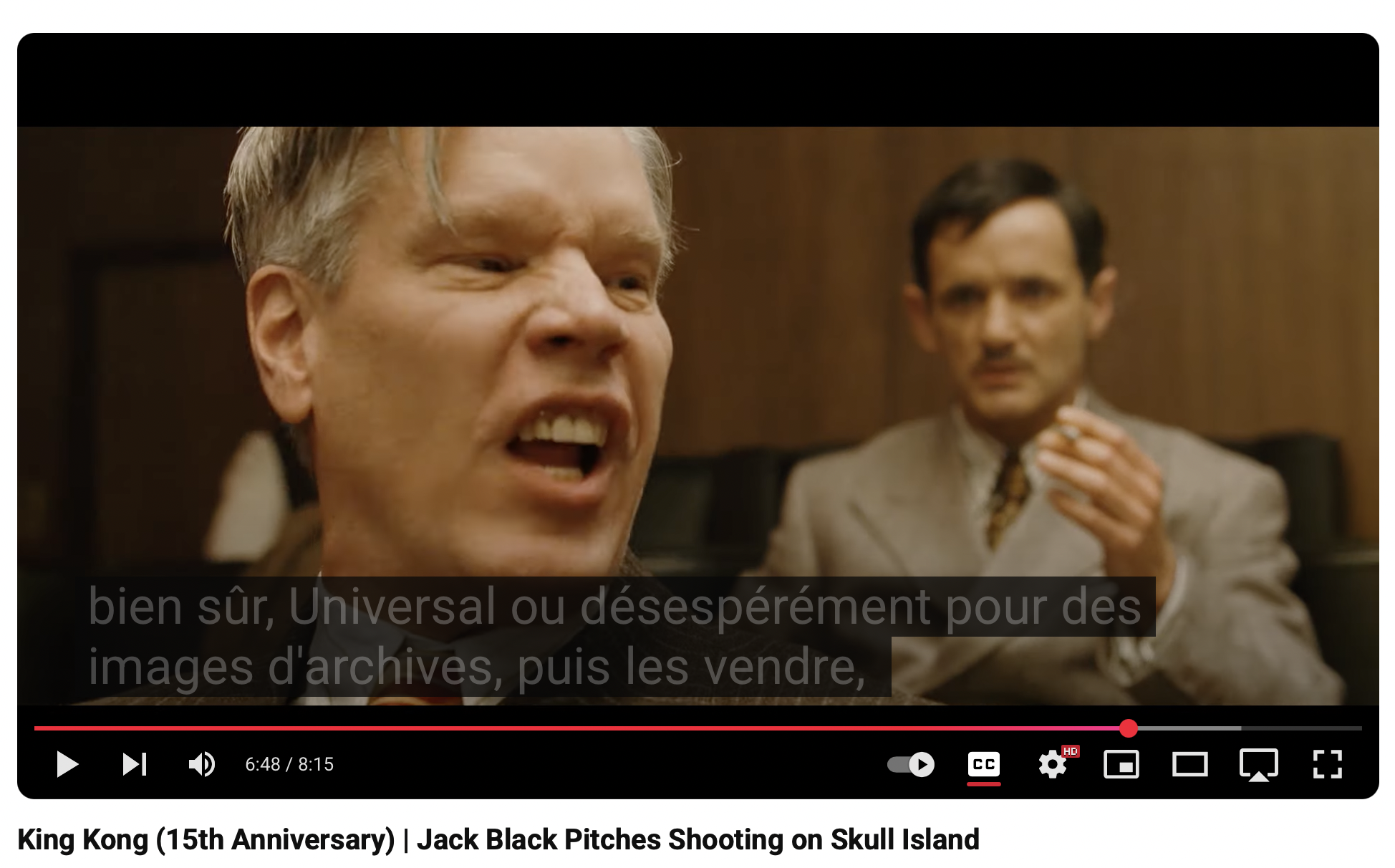 The spy is the hero of the paranoid thriller. Text advertising the company sprinkled across the film. Update on the conversation (misunderstanding) but he records it.
The spy is the hero of the paranoid thriller. Text advertising the company sprinkled across the film. Update on the conversation (misunderstanding) but he records it.
Claude Rains suspect--recording and radio
August 21
F for Fake
August 26
F for Fake trailer
August 28
Reconstructing film (Metropolis)
September 2
Inferno (dir. Henri Clouzot)
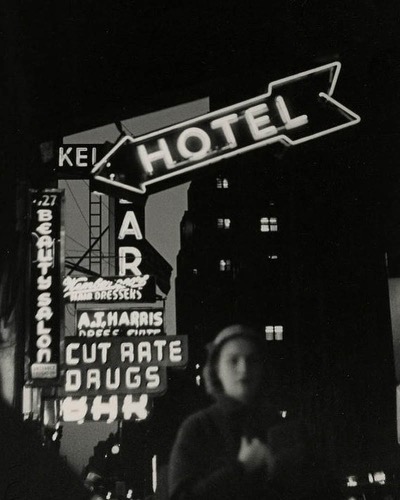
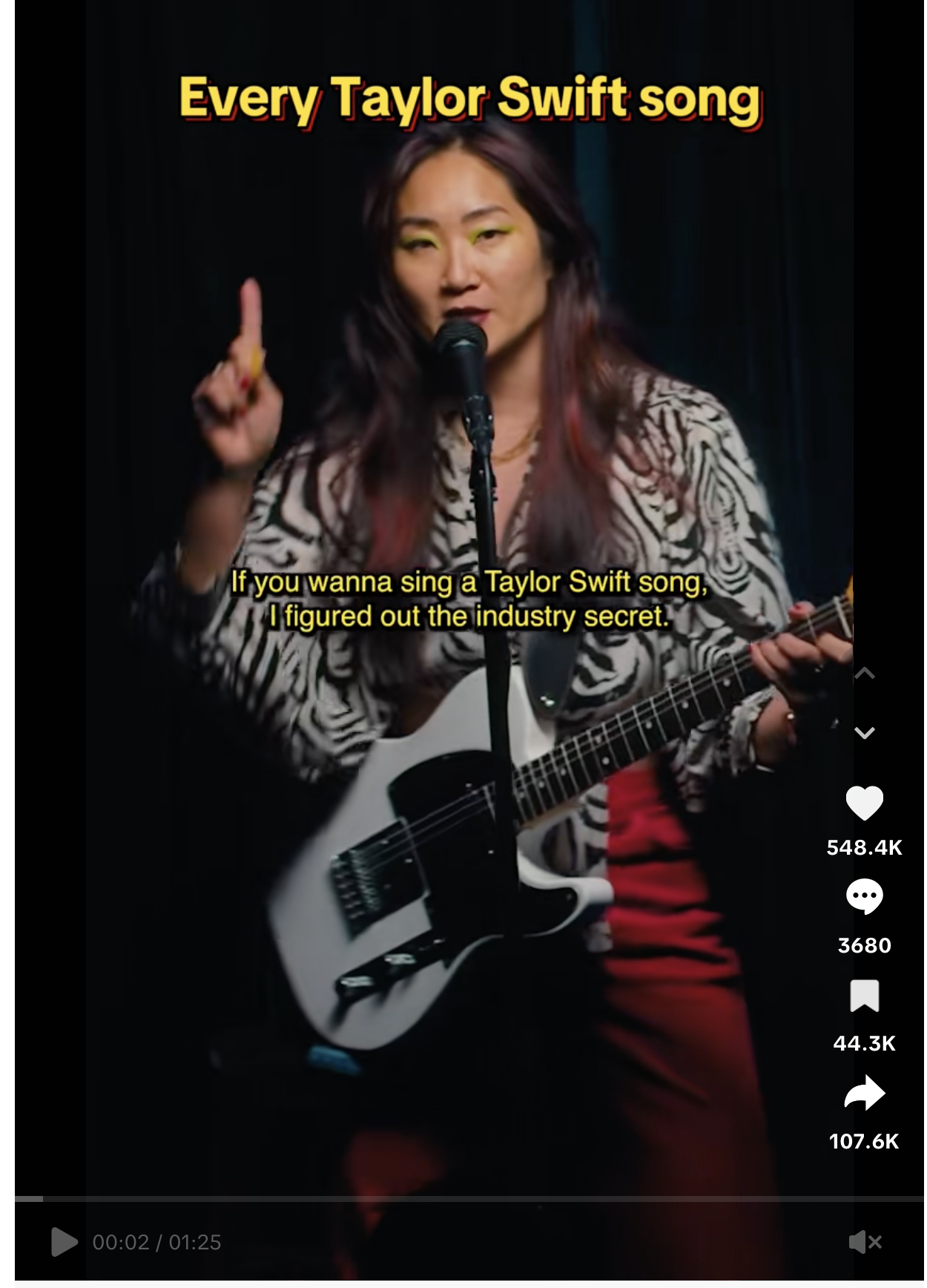
Film in film, soundtrack (repurposed)
Le Vert au cinéma - Blow Up - ARTE
Le Rouge au cinéma - Blow Up - ARTE
Wall E (2008) 4
September 9
Silent films (composites, intertitles, soundtracks)
September 11 Argo (2008) Making Fake Film
September 16
Sountracks 18
September 23
THE DARK PAST 1948 Original Theatrical Trailer
The Dark Past 1948 Film Noir Thriller
The Dark Past (1948) title sequence
Vertigo (1958) Trailer - Inception Style
"Mrs Doubtfire" as a Horror Film (Trailer)
The Equalizer 4 (2025) - First Trailer | Denzel Washington
Titanic - Concept Trailer | Florence Pugh, Paul Mescal (Parody)
The Equalizer 4 (2025) - First Trailer | Denzel Washington (Parody)
The trailer starts here:
Canonical Literature survives in action films like the Equalizer 2.
Film Leaders 16mm film FREE STOCK FOOTAGE
Opening title sequence of Se7en.
Film inserts in FIGHT CLUB
Fight Club Family film insert.... Tyler as film projectionist.The cigarrette burn in hte upper right.
Hollywood Scores & Soundtracks: What Do They Sound Like? Do They Sound Like Things?? Let's Find Out!
FIGHT CLUB 43 Easter Eggs, Insane Details,

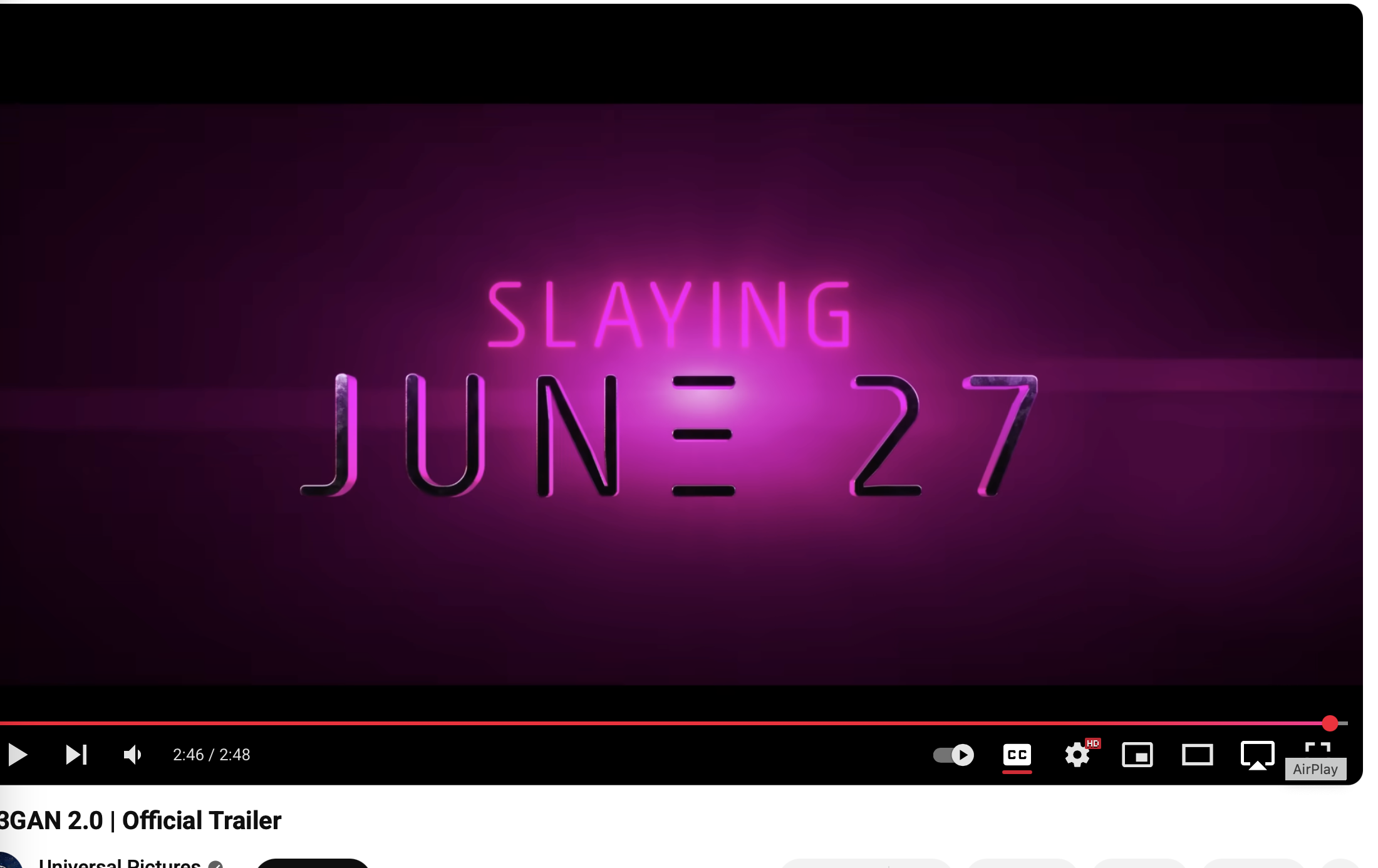
Megan 2.0 "Slaying"
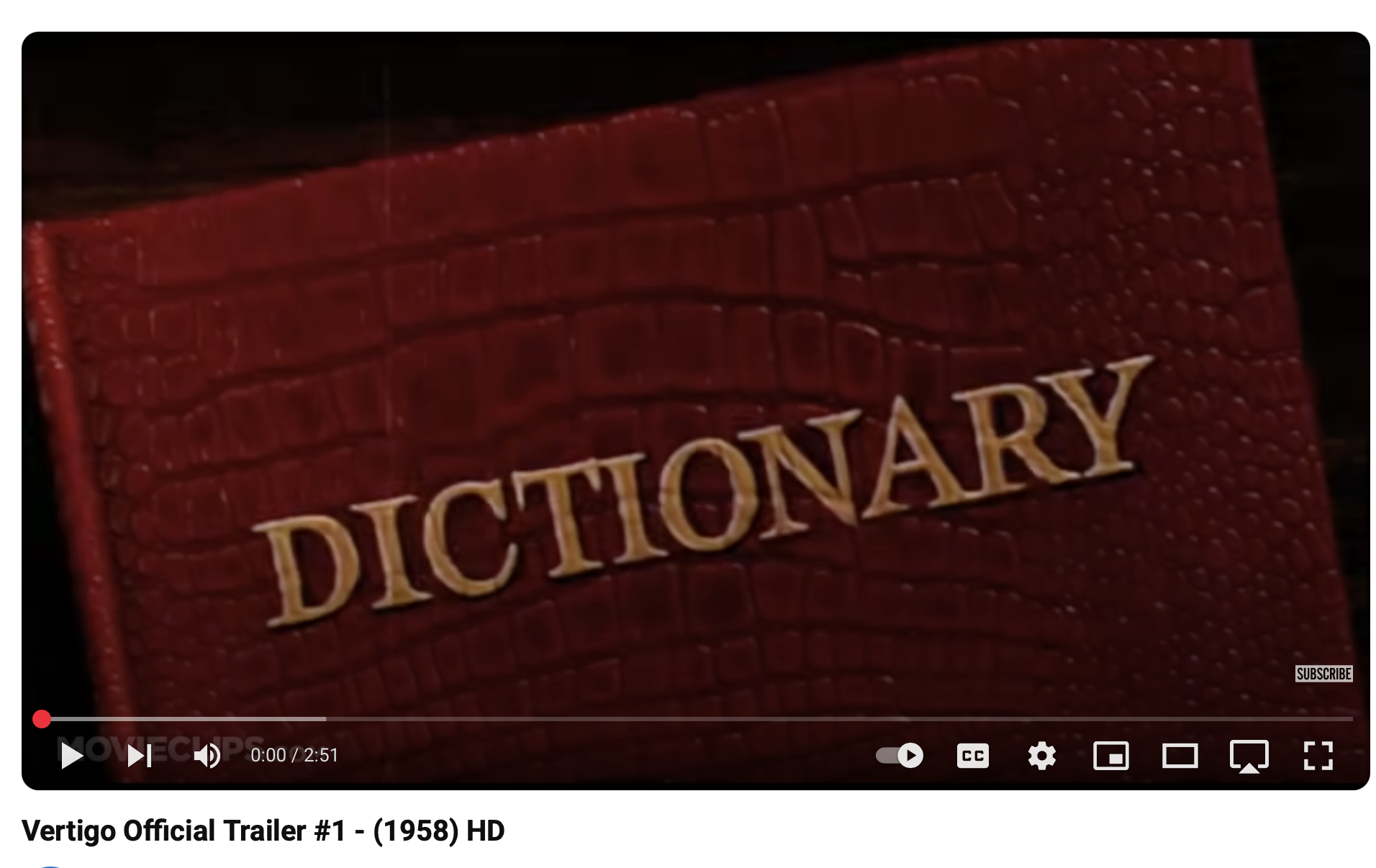
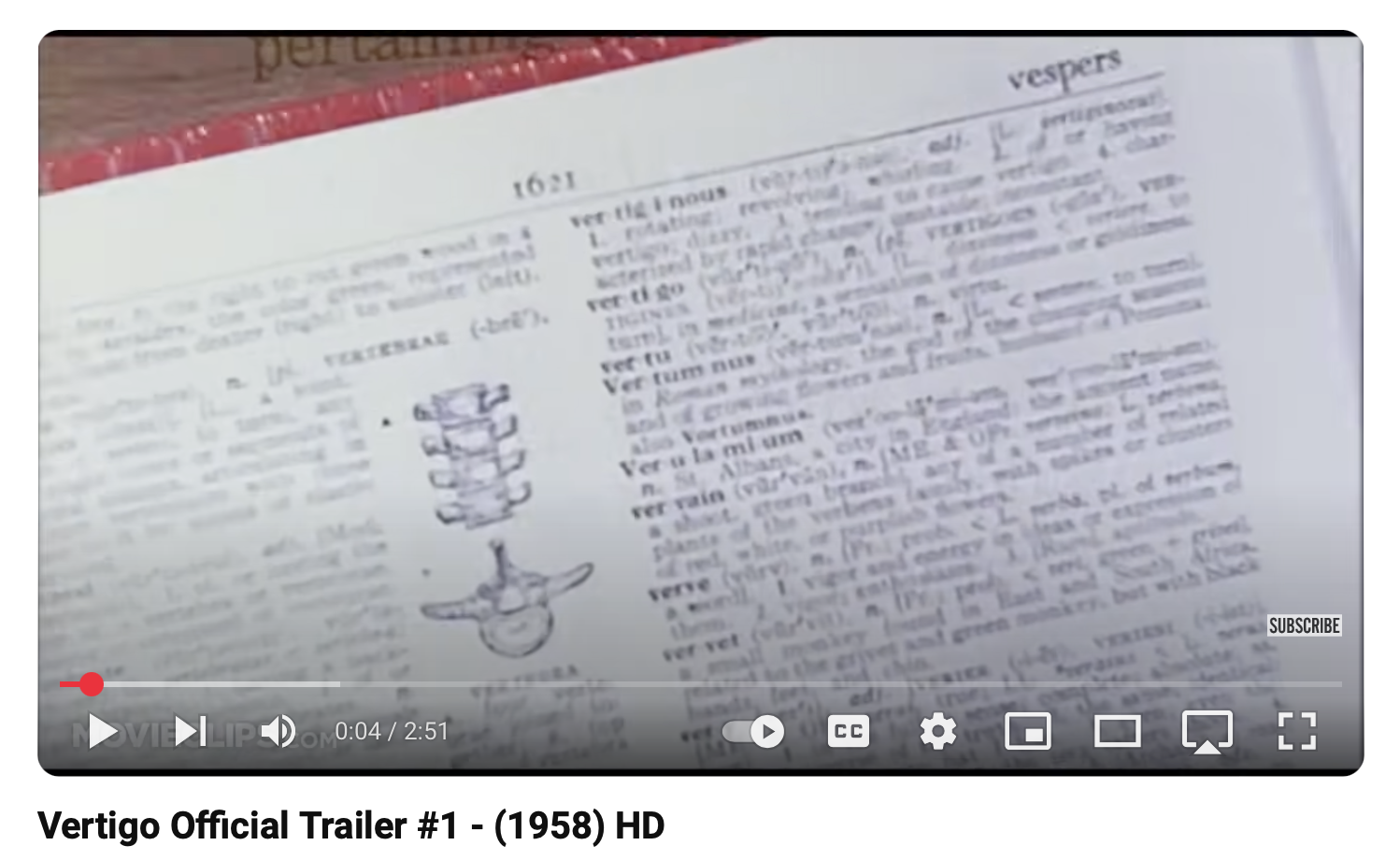
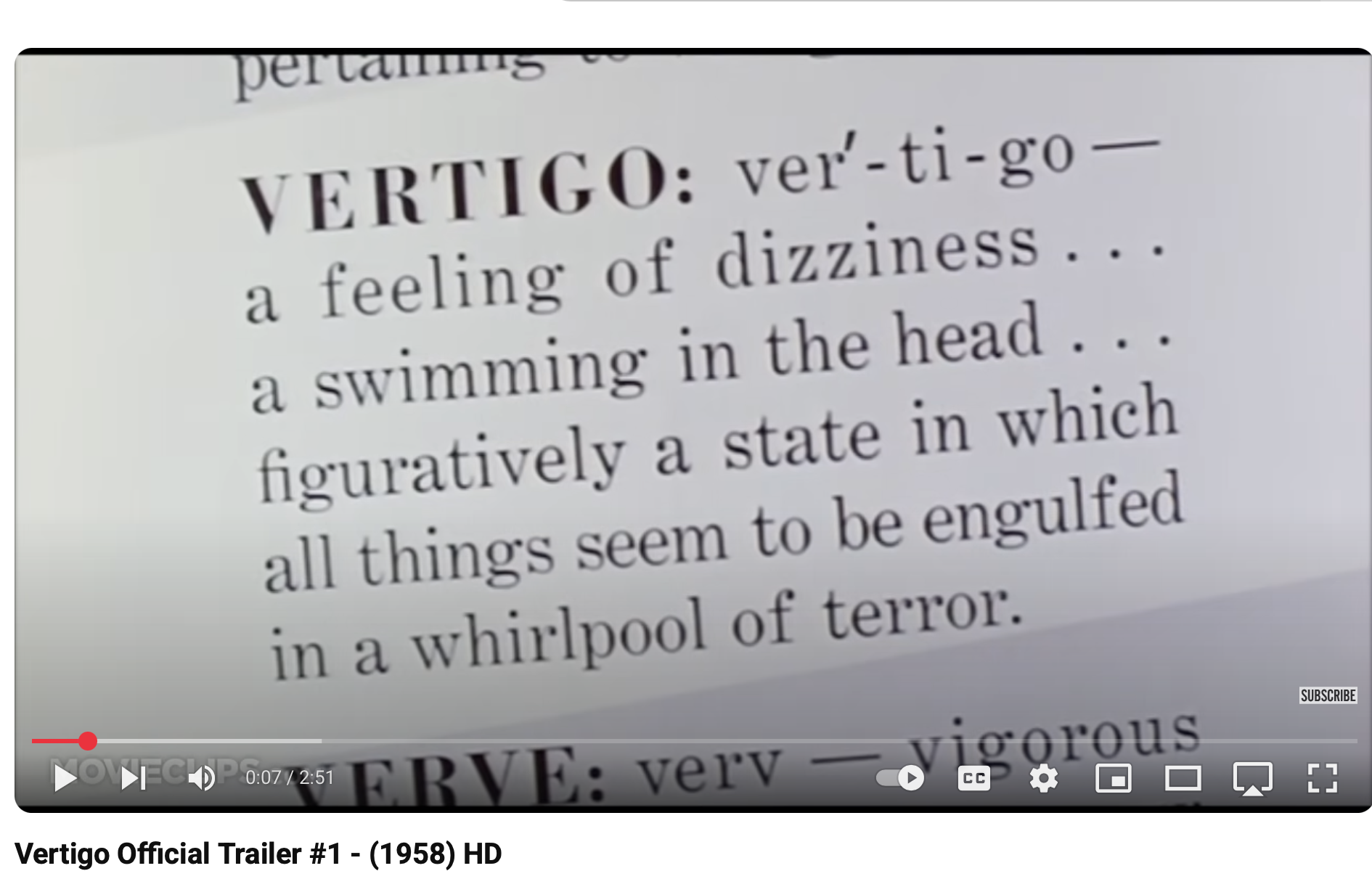
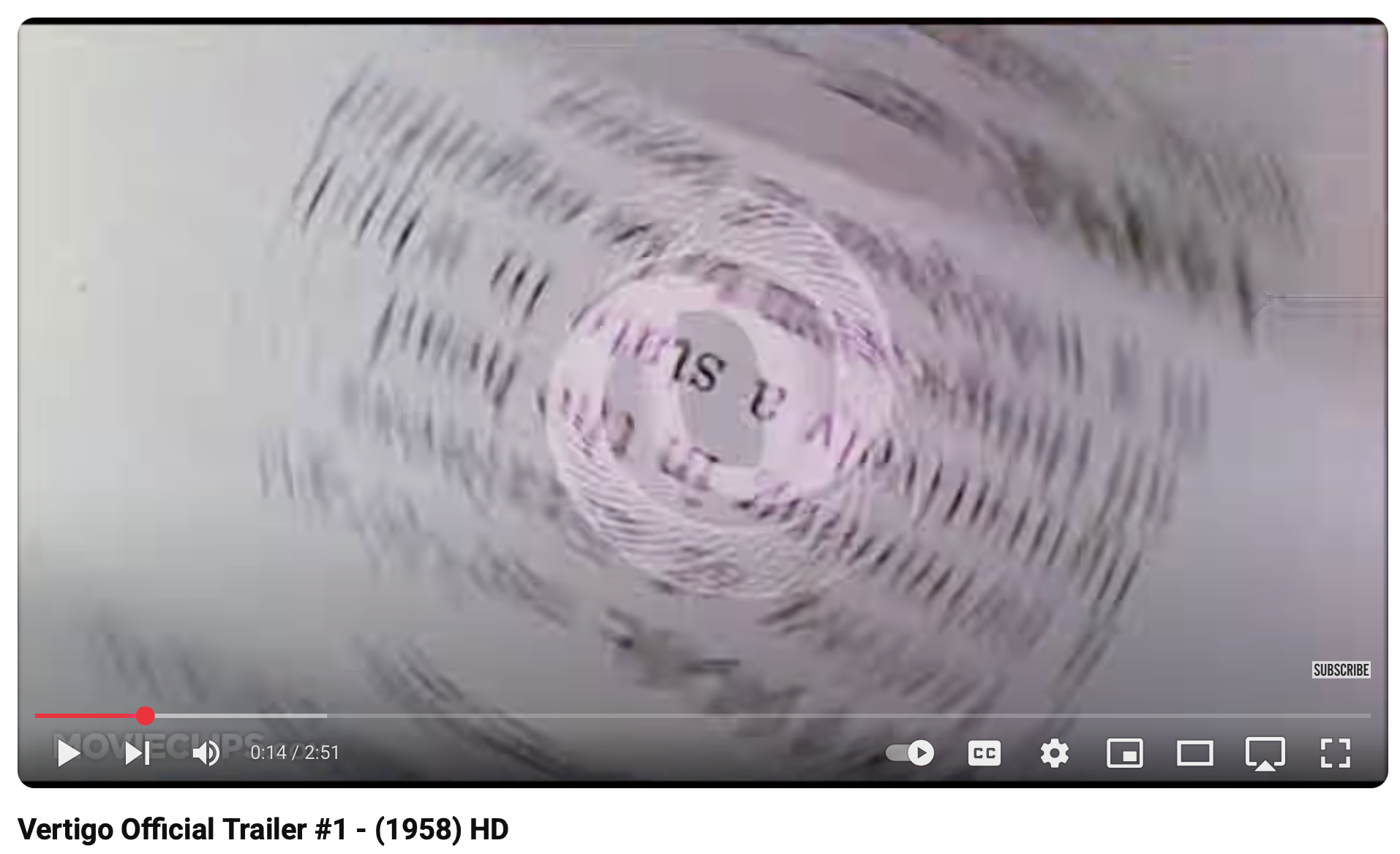
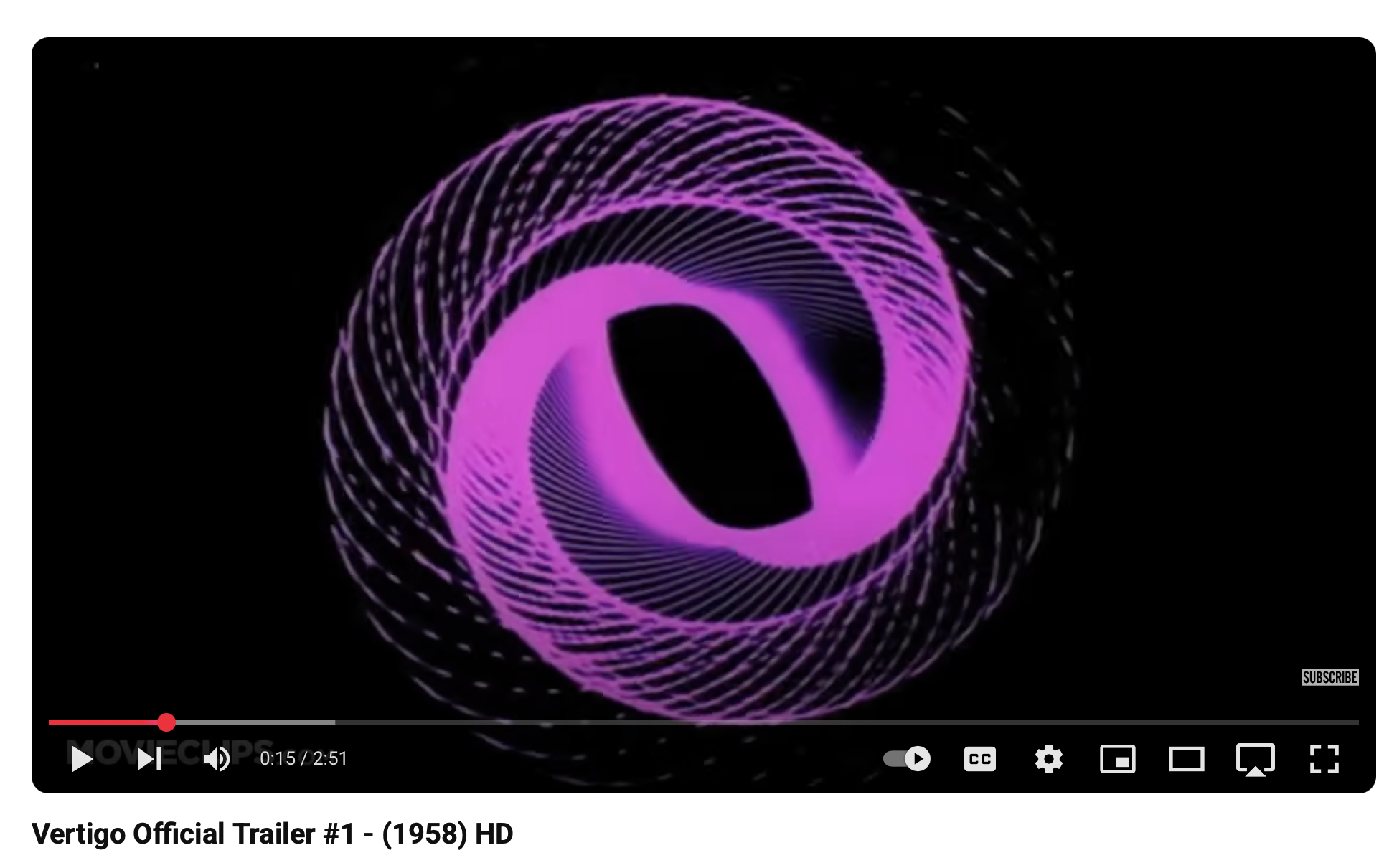
Vertigo Twelve Second Dictionary Definition of "Vertigo"
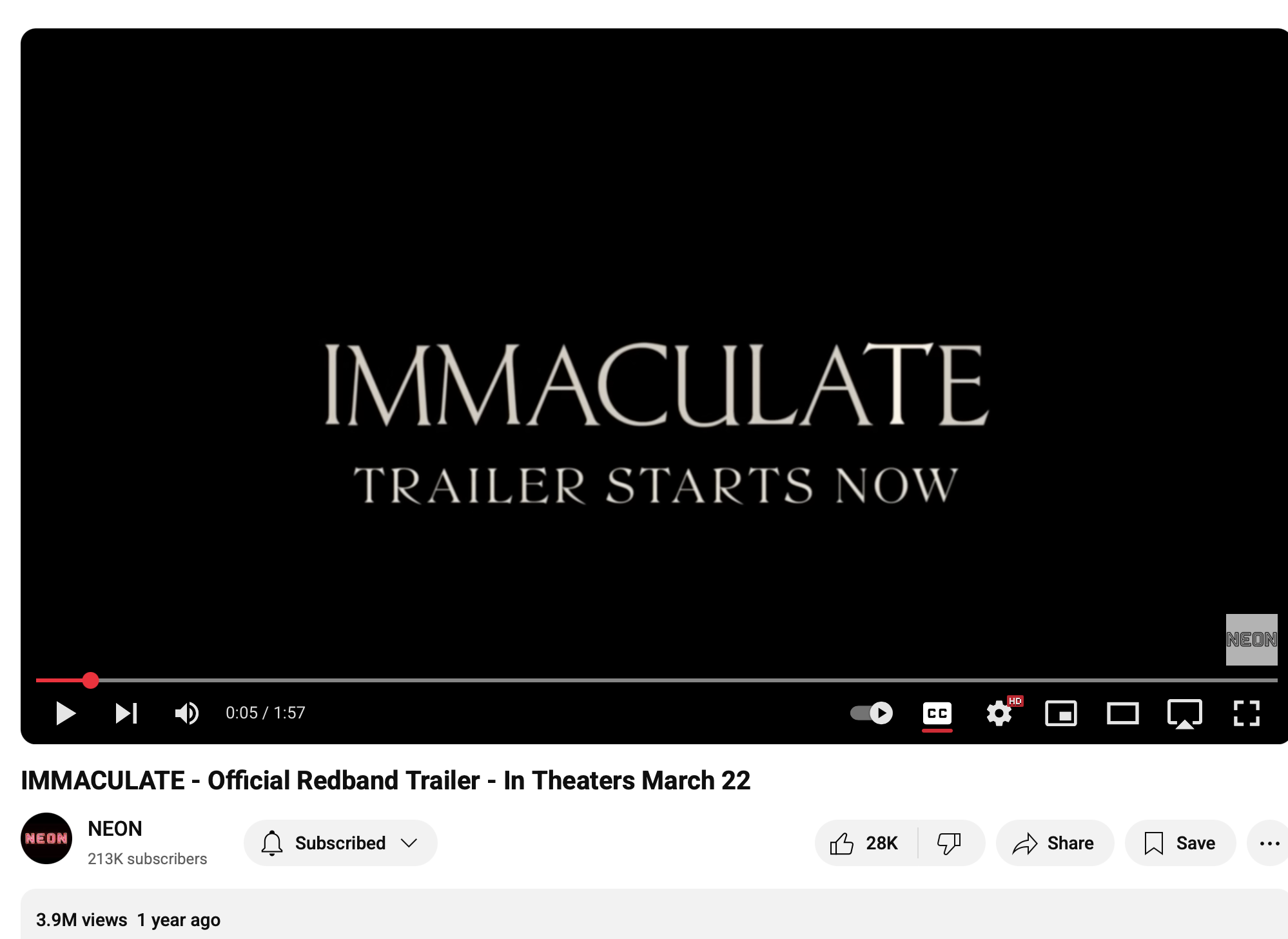
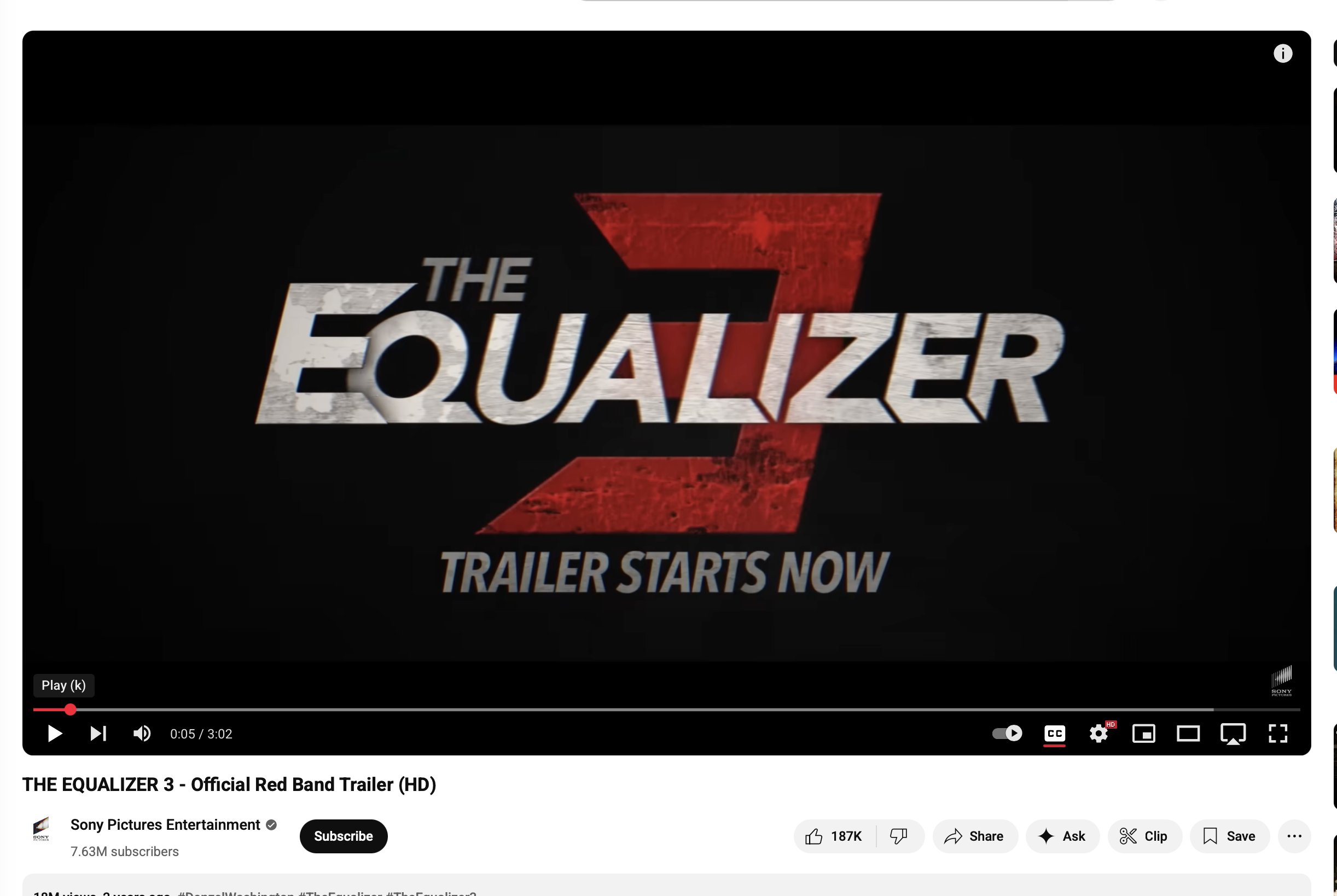
The Equalizer 3 Trailer Starts Now
The trailer without the six second intro
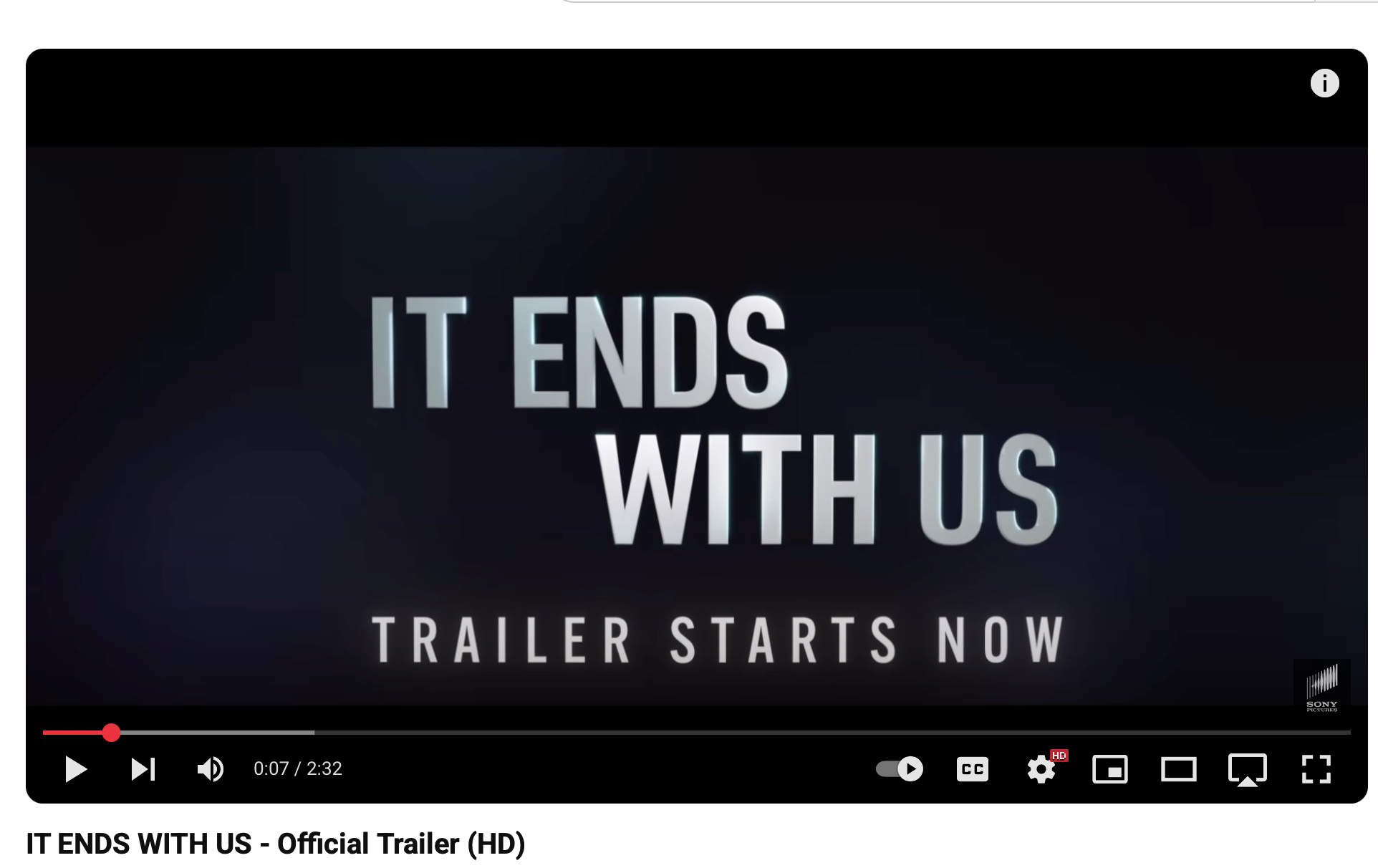
IT ENDS WITH US - Official Trailer (HD) starts now)
The trailer without the seven second intro
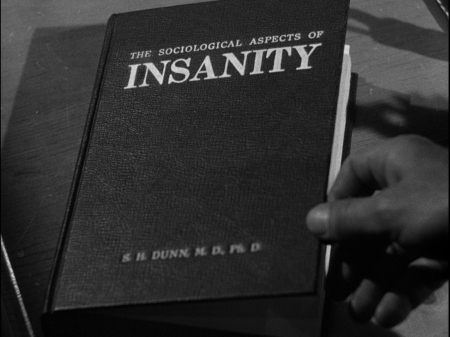
The Dark Past (1948)
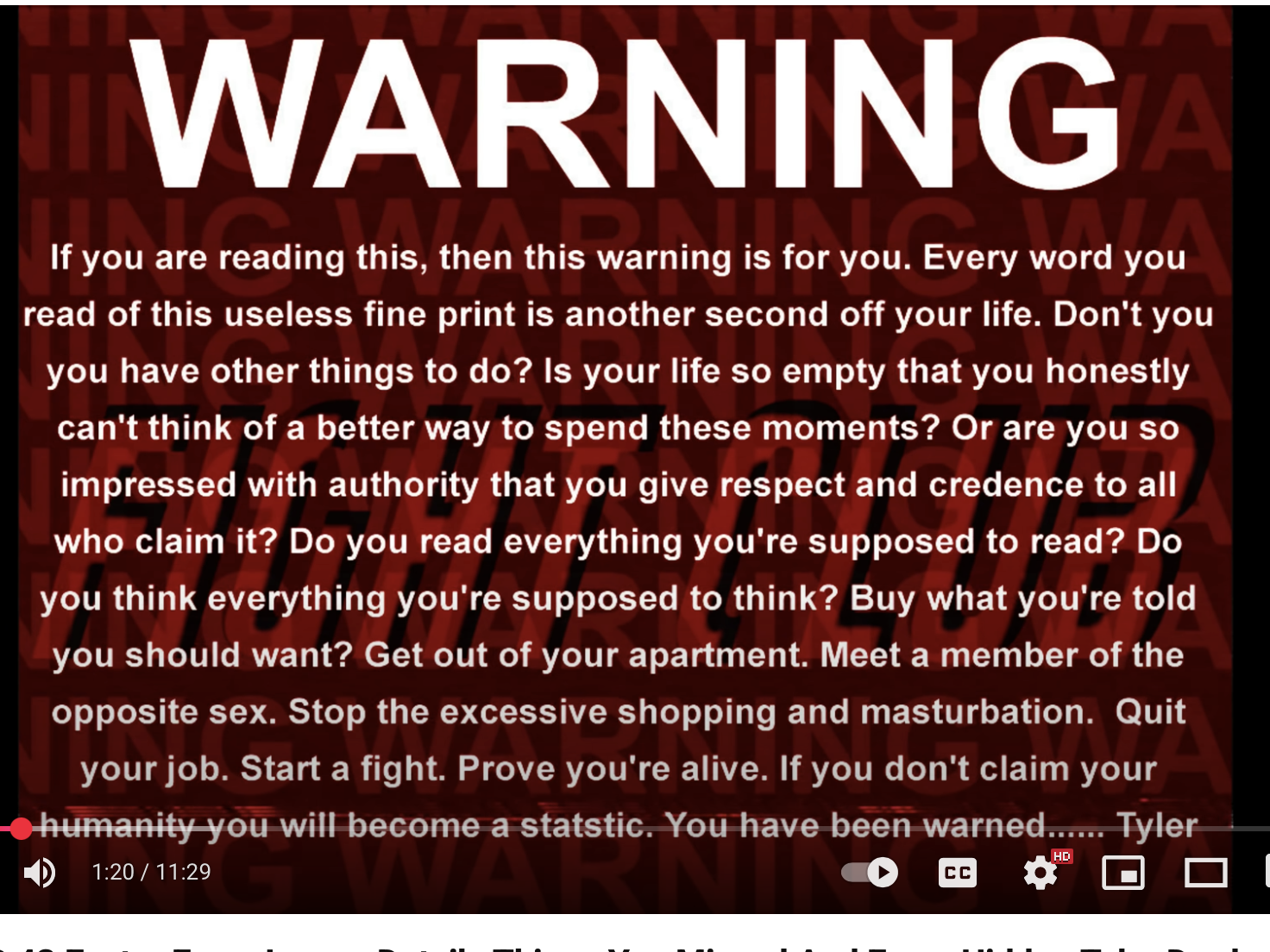
"Warning" from David Fincher's Fight Club
September 25 The Cinematic Paratext
September 30 Shot by shot analysis
October 2 The Art of the Title
October 7 Vertigo
October 9 Incorporating the title sequences as prologues into the film William Shakespeare's Romeo + Juliet.
October 14
October 16 Photo ops Nightcrawler
https://www.youtube.com/watch?v=6k089eUOLDU&t=198s
Bindu De Stoppani (Actor), Lennie James (Actor), Michael Waldman (Director) Rated:
NR
Format: DVD
https://www.slantmagazine.com/dvd/william-shakespeares-romeo-juliet-dvd/
https://www.youtube.com/watch?v=vuKJ3jiIqCg
The screensaver of our lives
https://theweek.com/articles/852110/lost-art-dvd-menu
Due to the more sophisticated technology available on streaming websites today, you would think this would mean we'd be living in a corresponding golden age of menu design. The opposite has unfortunately been the case; Netflix has an especially detestable and unimaginative menu that auto-plays trailers, while Amazon Prime is equally bad, with boring, static landing pages.
While early DVD menus were often also static, or relied on background montages similar to what Netflix uses now, there were nevertheless smart innovations at the turn of the millennium. One notable example, 2001's Shrek, stands out due to its original approach to menu design. Instead of showing footage from the movie, the menu features a row of characters who appear to gaze out patiently at the viewer. The donkey's calls in the background of "pick me, pick me!" are as if in appeal to whoever has the remote in hand.
Likewise, Paranormal Activity (2009) used an intentionally basic home movie menu in keeping with the film's found footage pretensions.
October 21
October 23
October 28
October 30
November 4
November 6
November 11 Holiday
November 18
November 20
November 25 Holiday
November 27 Holiday
December 2
I designed this course myself and am looking forward to teaching it this semester. If you have a question or a problem, please contact me in class or at [email protected]. (I am the manager.)
No cell phones, ipads, or laptops in use during class.
(All changes will be announced both in class and on the class email listserv.)
Nothing below is required for this course:
Due January 14 by 5:00 p.m: Second Viewing Responses. Give the timestamps of the shots or scenes in the film you think are related by design to two of the four shots I will give you.In your word doc, give the timestamps of the single shots or sequence of shots for two of the four out of mix, and give a description (around 40 words) of the formal relation you observe between the shots I gave you and the shots you noticed. Email all work for the course to me at
After you click on the link on the title and watch, write two Discussion Questions (DQs) on and describe any three shots of your choice with three film analysis terms.
Post Your DQs etc for History of Film 1 Fall 2022 here.
Put your DQs and three shots in one word document--.doc or .docx--and send the word . Don't send me a google doc or copy your document into your email. Don't forget to put your name in the upper right corner of your word document. If you want to know how to improve your discussion questions, I will be happy to meet with you on zoom during office hours or by appointment and show you.
Example of the word document format for discussion questions due Mondays by 5:00 p.m.:
Your name in the upper right corner.
1. (with timestamps of the shots you are discussing)
2. (with timestamps of the shots you are discussing)
a. (descriptions using film analysis terms with timestamps)
b. (descriptions using film analysis terms with timestamps)
c. (descriptions using film analysis terms with timestamps)
REQUIRED VIEWING:
Post Your DQs etc for Spring 2025 here.
I will be asking you to learn how to do something no one may ever have asked you to do: it's called close reading. (Please do not confuse being moralistic and judgmental--"it didn't do 'x' and it should have done!"--with being critical--"why is the work doing what it is doing the way it is doing it?")."
Close reading means paying attention to language, to the words the author has used, the order in which they are used, and appreciating how well they are used. It means paying attention not to what is said but to how it is said; it means paying attention to the structure of sentences and the structure of the narrative; it means paying attention to tropes such as metaphor, metonymy, and irony, among others; it means being alert to allusions a work of literature makes to other works of literature.
See Cleanth Brooks, "The Heresy of Paraphrase," in The Well-Wrought Urn.
Close reading is a practice designed for literature, for texts that are extremely well-written. Literature is universal. Literature is often difficult to write. And it is often difficult to read. Not just anyone can write it. And not just anyone can read it closely. (If you do not know how to write a grammatical sentence or how to punctuate or how to use words correctly, you cannot learn how to read closely.) All writers of literature are excellent close readers. They know humongous amounts of (big) words.
Do not ask about the author or the historical context. Do not ask speculative questions. They cannot be answered and so are not productive for discussion. Do not ask what the work tells us about some general issue today. Ask about what the work says.
Predatory Reading vs. Literary Criticism
How to Read a Book 1940 edition
How to Read a Book 1966 edition
How To Read A Book 1972 Edition
Guy J. Williams, "Harkness Learning: Principles of a Radical American Pedagogy"
"What we must not forget, however, is that it is in the completion of the text by the reader that these adjustments are made; and each reader will make them differently. Plurality is here not a prescription but a fact. There is so much that is blurred and tentative, incapable of decisive explanation; however we set about our reading, with a sociological or a pneumatological, a cultural or a narrative code uppermost in our minds, we must fall into division and discrepancy; the doors of communication are sometimes locked, sometimes open, and Heathcliff may be astride the threshold, opening, closing, breaking. And it is surely evident that the possibilities of interpretation increase as time goes on. The constraints of a period culture dissolve, generic presumptions which concealed gaps disappear, and we now see that the book, as James thought novels should, truly "glories in a gap," a hermeneutic gap in which the reader's imagination must operate, so that he speaks continuously in the text.
Barthes denies the charge that on his view of the reading process one can say absolutely anything one likes about the work in question; but he is actually much less interested in defining contraints that in asserting liberties.
When we see that the writer speaks more than he knows what we mean is that the text is under the absolute control of no thinking subject, or that it is not a message from one mind to another."
--Frank Kermode, "A Modern Way with the Classic"
New Literary History Vol. 5, No. 3 (Spring, 1974), pp. 415-434; pp. 425; 432; 433
The reason literature, film, and philosophy are so great, so deeply admired yet often controversial, even despised, is that writers are free to say anything they wish they way they want to say it, fillmakers get to show images of anything they wish, they way they want to show them, and philosophers can ask philosophical questions about anything they wish whenever they want. It's called FREEDOM OF EXPRESSION. As anyone who understands anything about language knows, intention and context do matter. I find attempts to get people fired from their jobs because of something they said repellent and unseemly.
TENTATIVE SCHEDULE (Please expect adjustments to be made in the schedule from time to time; all changes will be announced both in class and on the class email listserv.)
In order to include all students in class discussion, and in order to make it easier for you to read closely and thereby improve your own writing, We will close read, read slowly the assigned text sentence by sentence or the assigned film shot by shot. Discussion co-leaders and I will call on a student at random and ask that student to read a specific sentence out loud and then to close read it. If the student is unable to read the sentence closely, the co-leaders will call on another student and ask that student to read a specific sentence out loud and then to close read it. We will continue to discuss the same sentence until a student reads it closely. We will then proceed in the same fashion with the next sentence. And so on. Due to time constraints and because close reading is slow reading, we will skip parts of the assigned text, but we will always be talking and only be talking about words, syntax, punctuation, paragraphing, and narration in the text. As we move through the text, we will be able to make more general comments about parts of it. If students have comments to add on the sentence under discussion, they may raise their hands and make them once they have been called on by the co-leaders or me.
In order to learn the names of all the students in the class, I will take roll on canvas at the beginning of class. As I state on the requirements webpage, if you are late to class, I consider you absent. If you are absent more than twice, your final grade may suffer. If you are absent four times, you fail the class.
Here is what I have written on the requirements webpage:
"Attendance means not only being in class, but includes completing the assigned work for each class by the time it is due and arriving to class on time. (If you arrive late to class or if you don't do the discussion questions, you are counted as absent.)
Repetition is key to learning.
To learn how to understand a piece of music, a philosopher said, you have to hear it twice.
A conductor of baroque music said you have to listen to repeated hearings before you understand it.
"How full of meaning and significance the language of music is we see from the repetition of signs, as well as from the Da capo which would be intolerable in the case of works composed in the language of words. In music, however, they are very appropriate and beneficial; for to comprehend it fully, we must hear it twice."
--Arthur Schopenhauer, "On the Metaphysics of Music"

Vienna and Schubert: 'Death and the Maiden' String Quartet - Professor Chris Hogwood CBE
"The greatest pieces of music are called classics simply because at a first hearing--that is terribly...very complicated to work out what's going on or even more complicated to explain to yourself why it's going on--even to hear it has to be heard several times. Probably after first hearing, immediately go back and hear it again, and on repeated hearings repeated things come to light."
--Christopher Hogwood
 |
 |
 |
https://www.youtube.com/watch?v=mTziL0Xwa-s timestamp 29:00 |

--Barbara Johnson quoting Roland Barthes on rereading versus reading.